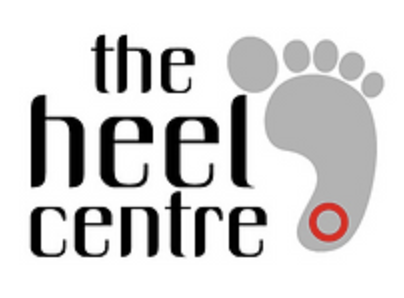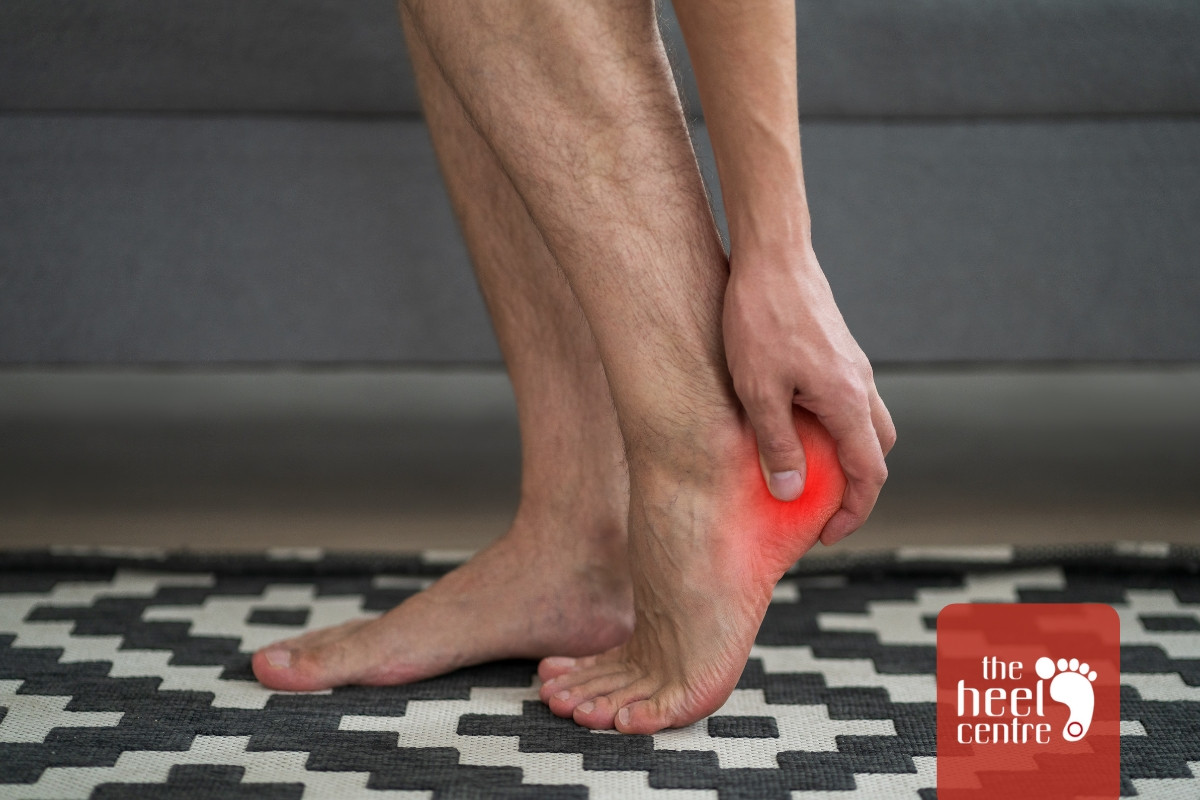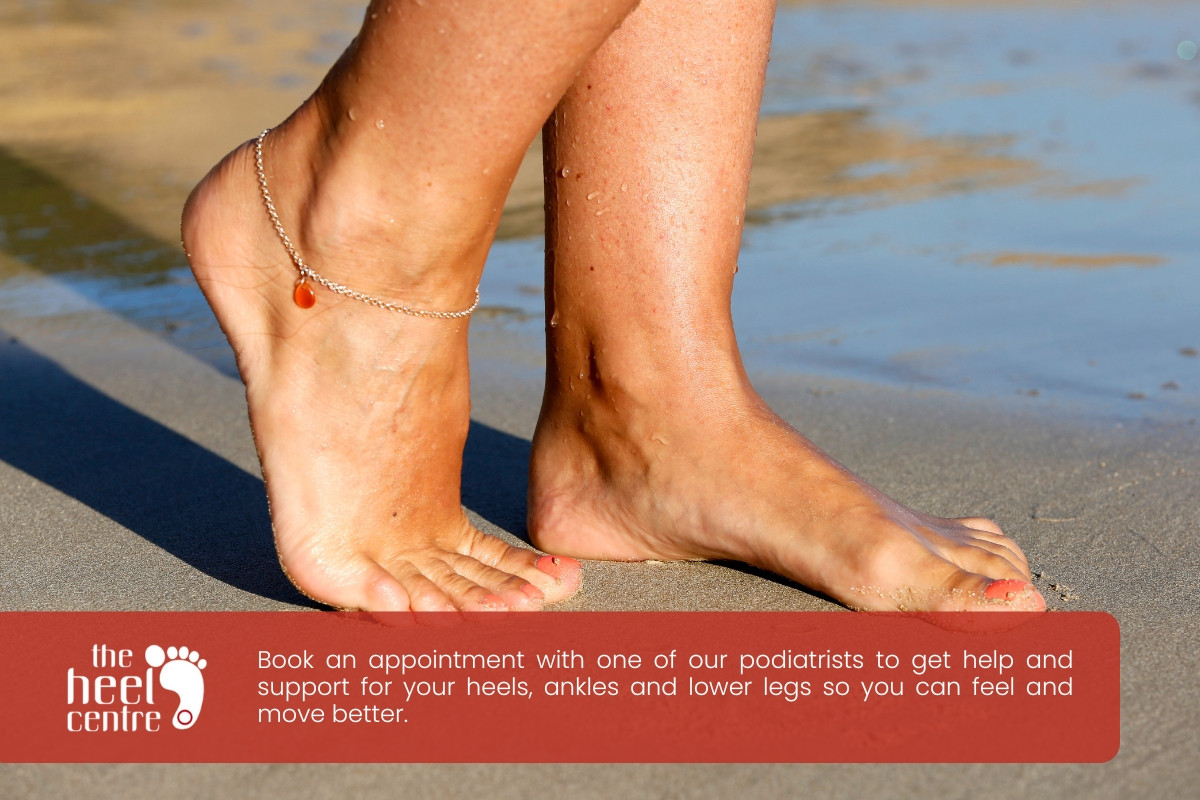A guide from The Heel Centre explains the factors contributing to heel spurs for people over the age of 50
Ringwood East, Australia - September 11, 2025 / The Heel Centre Ringwood East /
Understanding the Physical Changes
A new publication from The Heel Centre provides important information on a frequent and often frustrating condition impacting many in their later years: heel spurs. The article, titled "Why Heel Spurs Are Common Over 50?", offers valuable insights into the biological reasons this foot condition impacts older adults more frequently. The document clarifies how the natural cushioning in the heel can thin with age, and how years of accumulated pressure can make feet more susceptible to calcium build-up. As a practice with a reputable podiatrist Ringwood East, The Heel Centre aims to educate the public on the importance of early intervention and appropriate care to manage discomfort and support overall foot function. The article explains that related issues like plantar fasciitis can also contribute, making podiatric support essential for sustaining mobility and a good quality of life.
Why Heel Spurs Develop With Age
Heel spurs are especially common in people over 50, primarily due to age-related changes in the feet, cumulative stress, and underlying conditions like plantar fasciitis. Treatment options focus on reducing pain, promoting healing, and addressing risk factors.
As people age, a combination of factors contributes to the development of heel spurs:
- Degeneration and Wear: The heel’s fat pad thins with age, providing less shock absorption and leading to increased stress on the heel bone.
- Repetitive Stress: Years of standing, walking, or running can cause repetitive microtrauma, resulting in calcium deposits that build up into bony spurs.
- Plantar Fasciitis: This condition, common in older adults, involves inflammation where the plantar fascia attaches to the heel. Chronic inflammation can trigger the body to deposit extra bone at this site, leading to spur formation.
- Obesity and Mechanical Changes: Excess weight and changes in walking pattern (gait) with age further increase pressure and wear, raising spur risk.
- Other Risk Factors: Inflammatory diseases like arthritis, diabetes, and poorly supportive footwear can also contribute.
Treatment Options for Heel Spurs
Heel spur management typically combines pain relief, addressing causes, and encouraging healing:
- Rest and Activity Modification: Reducing high-impact activities gives tissues time to heal.
- Supportive Footwear and Orthotics: Well-cushioned shoes and custom orthotic inserts can reduce pressure and absorb shock.
- Stretching and Strengthening: Gentle stretches for the calf, Achilles tendon, and plantar fascia help relieve tension and prevent recurrence.
- Ice and Medication: Applying ice packs and taking non-steroidal anti-inflammatory drugs (NSAIDs) helps ease pain and inflammation.
- Advanced Treatments: Options like shockwave therapy are highly effective for persistent symptoms.
- Prolotherapy injections
- Corticosteroid Injections: For severe cases, targeted steroid injections can provide temporary relief.
- Surgery: Rare, but may be considered if all else fails, to remove the spur or release the plantar fascia.
Key Takeaway
Older adults are at higher risk for heel spurs because of long-term wear and tear, age-related degeneration, and chronic conditions like plantar fasciitis. Early supportive care and targeted treatments can help manage pain and promote healing, reducing the impact of heel spurs on mobility and quality of life.
Final thoughts
At The Heel Centre, we understand how frustrating heel spurs can be—especially when they interfere with your mobility or keep you from enjoying everyday activities.
Our experienced podiatry team provides personalised care, from footwear advice and targeted exercises to advanced therapies like shockwave treatment, all designed to reduce pain and support long-term healing.
Finding Support for Your Feet
 Ringwood East is a pleasant, tree-lined residential area situated in Melbourne's east, known for its peaceful, close-knit community feel. It provides a good balance of suburban quiet and easy access to local amenities. The area is home to multiple parks, green spaces, and walking tracks, making it a wonderful place for people who enjoy the outdoors. The Heel Centre proudly provides Podiatry services within this area and its surrounding suburbs, helping to support the foot health of the local community.
Ringwood East is a pleasant, tree-lined residential area situated in Melbourne's east, known for its peaceful, close-knit community feel. It provides a good balance of suburban quiet and easy access to local amenities. The area is home to multiple parks, green spaces, and walking tracks, making it a wonderful place for people who enjoy the outdoors. The Heel Centre proudly provides Podiatry services within this area and its surrounding suburbs, helping to support the foot health of the local community.If you are experiencing heel pain, please do not let it stop you from being active. The compassionate team at The Heel Centre provides professional podiatry Ringwood East services, offering a range of advanced solutions from shockwave therapy to custom orthotics. We invite you to reach out to us today to book a comprehensive foot assessment and begin a conversation about your foot health.

Contact Information:
The Heel Centre Ringwood East
116B Mt Dandenong Rd
Ringwood East, 3135
Australia
Adam Steinhardt
https://www.theheelcentre.com.au/
Original Source: https://www.theheelcentre.com.au/heel-spurs-over-50/



